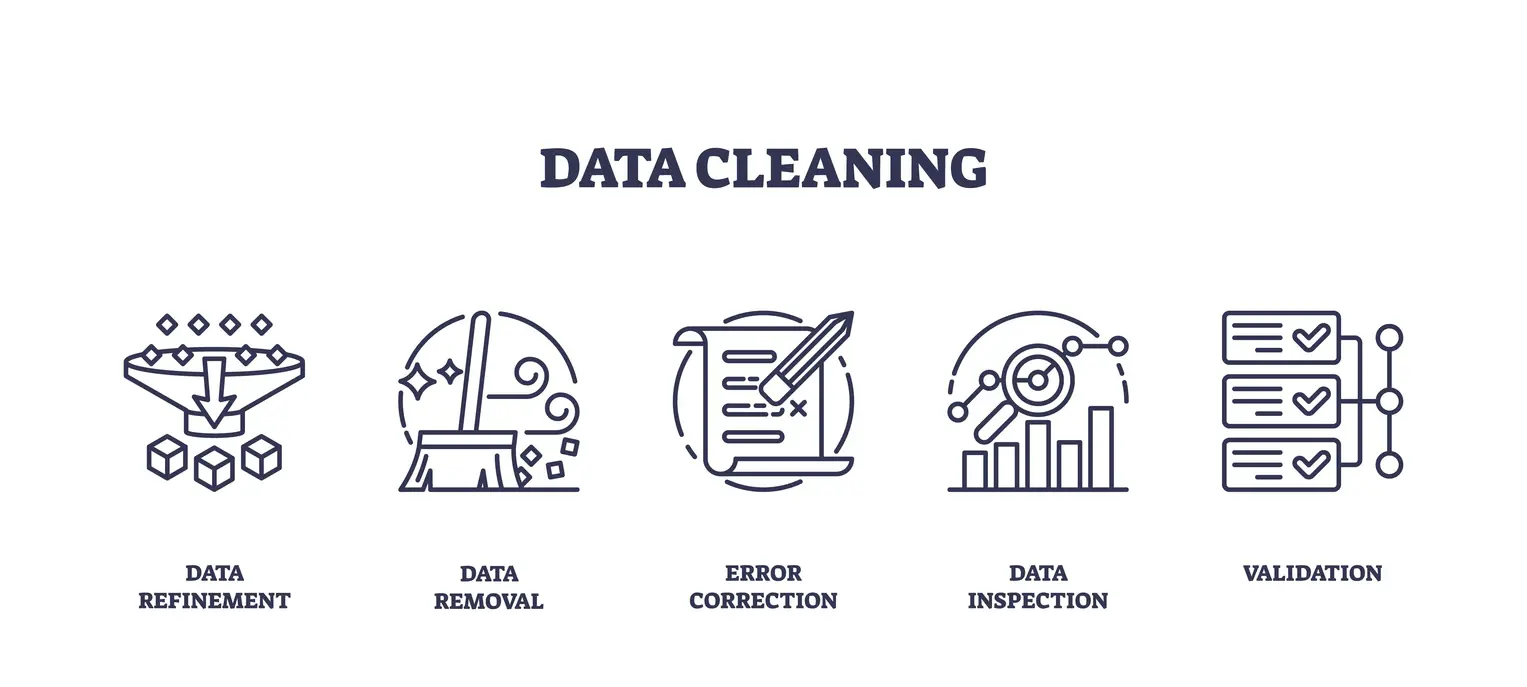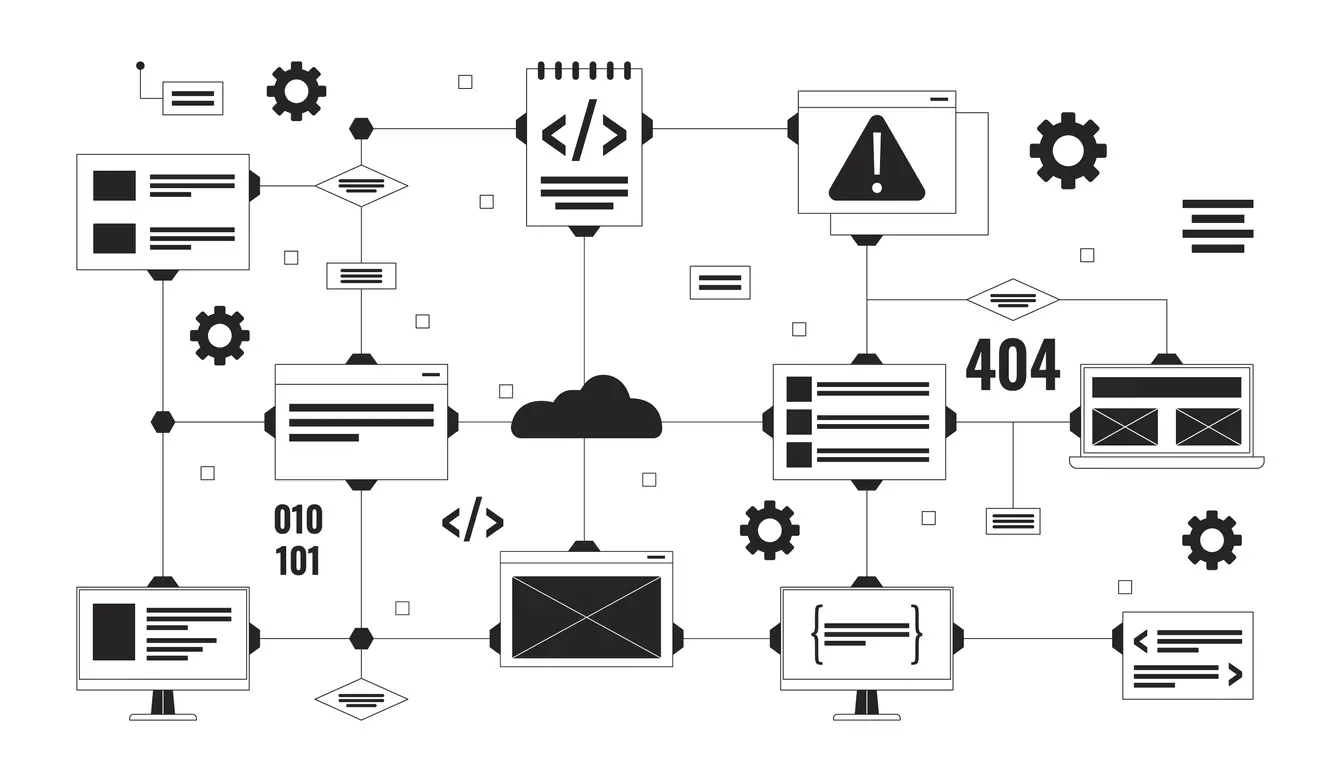Ever watched a Formula 1 pit crew in action? In seconds, they swap tires, adjust wings, and refuel—all while the competition races ahead. Your business technology needs that same speed and precision. Enter composable architecture: the pit crew upgrade your systems desperately need.
Why Your Current System Is Holding You Back
Remember when moving to the cloud was the big thing? Today, if you're not incorporating AI, you're falling behind. But tomorrow belongs to businesses that can mix, match, and adapt their systems instantly.
Think about it: How many times has your team said, "We can't do that because our system won't allow it"? How often have great ideas died because implementation would take months?
Traditional monolithic applications are like trying to change a tire while driving down the highway—possible, but dangerously complicated. Microservices improved things but introduced their own headaches with service communication and data consistency.
What Makes Composable Architecture Different?
Imagine having a master toolbox where every tool perfectly fits your exact needs at any moment. That's composable architecture—modularity at its finest.
Consider how Netflix constantly experiments with user interfaces. They can test new recommendation engines or viewing layouts for specific user segments without rebuilding their entire platform. One component changes while everything else continues functioning seamlessly. That is why we are so fond of it at Novicell!
But composable architecture doesn’t come without its challenges. Integration complexity, governance, and data management are just a few hurdles. So, how can your business adopt this architecture successfully and get ahead? Let’s dive into the key challenges—and strategies for overcoming them.
Challenge 1: Legacy System Dependence
Why is this a problem? Legacy systems are like the glue holding your website together, but sometimes, that glue becomes sticky and hard to peel off. Tight integrations and siloed data complicate the transition to composable architecture. Replacing outdated systems is no small feat—it’s like replacing the engine in a moving car.
What’s the solution?
For Business Owners: Don't replace everything at once. Start with customer-facing modules and work your way inward. Always ask: Will this new component integrate easily in the future? Is it flexible enough for upcoming changes?
For Developers: Break it down into manageable pieces. Focus on modularisation that allows for incremental changes without requiring a complete system overhaul.
For Marketers: Your advocacy matters more than you think. When others hesitate due to complexity, your voice championing the customer experience benefits can push the vision forward.
Example: A major retail chain recently took this approach, replacing their customer account management system while leaving their inventory backbone untouched—initially. Six months later, they'd increased mobile conversions by 34% without a single day of downtime.
Challenge 2: Data Management and Consistency
With composable architecture, data must stay in sync across multiple systems or your revenue will walk out the door. When one component’s data falls out of line, it could disrupt the entire system.
What’s the solution?
For Business Owners: Prioritise ongoing monitoring. Data consistency isn't set-it-and-forget-it; it requires continuous attention. Set up alerts for data anomalies and ensure your team can respond quickly.
For Developers: Create robust API contracts that clearly define data expectations. Incorporate strong validation and error-handling strategies to catch issues early before they cascade through the system.
For Marketers: Focus on securing real-time data access. Work closely with the dev team to maintain a comprehensive view of all data components. The more you know, the better you can guide overall strategy.
Example: One financial services company implemented real-time data validation checkpoints, reducing reconciliation errors by 89% and saving thousands of hours in manual corrections.

Challenge 3: Cost and Time Investment
The biggest hurdle many face is the initial cost and time investment. It’s tempting to shy away from a composable architecture project when the upfront costs seem daunting. But remember, this is an investment. Short-term sacrifice leads to long-term gain.
What’s the solution?
For Business Owners: Consider strategic outsourcing. It's often more efficient to bring in external expertise than to train in-house teams from scratch for this specialised work.
For Developers: Focus on automation. CI/CD pipelines, automated testing, and infrastructure-as-code dramatically reduce manual efforts, accelerating development cycles and cutting long-term costs.
For Marketers: Get involved early in planning, even if you're not technically minded. Your perspective on customer touchpoints ensures the architecture truly meets business needs.
Companies that invest in composable architecture typically see development cycles shrink by 30-50%. One e-commerce platform cut its feature deployment time from weeks to hours, allowing it to respond to market trends almost immediately.
Challenge 4: Reluctance to Change
Change is hard. No one wants to shake things up, especially when your current systems are working, at least for now. The fear of instability and the comfort of familiarity often hold businesses back from adopting composable architecture.
What’s the solution?
For Business Owners: Include all key stakeholders in the decision-making process. Host workshops where different teams can discuss benefits and challenges. When everyone feels heard, transitions become smoother.
For Developers: Lead by example. Organise knowledge-sharing sessions, encourage peer-to-peer learning, and demonstrate the technical advantages of composability.
For Marketers: Demonstrate tangible benefits everyone understands—faster campaign launches, better A/B testing, and improved customer segmentation. Show how these outcomes directly impact revenue.
A European travel company initially faced resistance when it transitioned to composable architecture. Six months later, the team members who pushed back proposed new component combinations that resulted in their most successful booking season ever.
Challenge 5: Complex Supply Chain Systems
Managing diverse systems like ERP, inventory, CRM, and logistics is no small feat. Each one operates differently and presents unique integration challenges. When implementing composable architecture, the goal is to get these systems to play nicely together—a tough but essential task.
What’s the solution?
For Business Owners: Conduct detailed assessments of your current systems. Look for integration platforms that can bridge gaps and make transitions smoother.
For Developers: Adopt an API-first design approach. Use API gateways to streamline communication between systems and prioritise security for sensitive data transfers and privacy compliance.
For Marketers: Focus on optimising customer experience. Collaborate with development teams to integrate real-time updates and personalised recommendations based on inventory levels and customer behaviour.
One manufacturing company unified five previously siloed systems, giving their sales team real-time visibility into production schedules and shipping estimates. Result? 28% increase in accurate delivery promises and a dramatic reduction in customer frustration.

So, when consumer preferences shift overnight (and they will), do you think your systems keep pace?
Composable architecture is the difference between leading market trends and desperately trying to catch up. It transforms your business from a rigid structure to a flexible organism that adapts to market conditions in real-time. Would you rather be changing engines while parked or while racing down the highway?
Let's explore
Speak with Novicell if you need our experience managing composable websites development.
